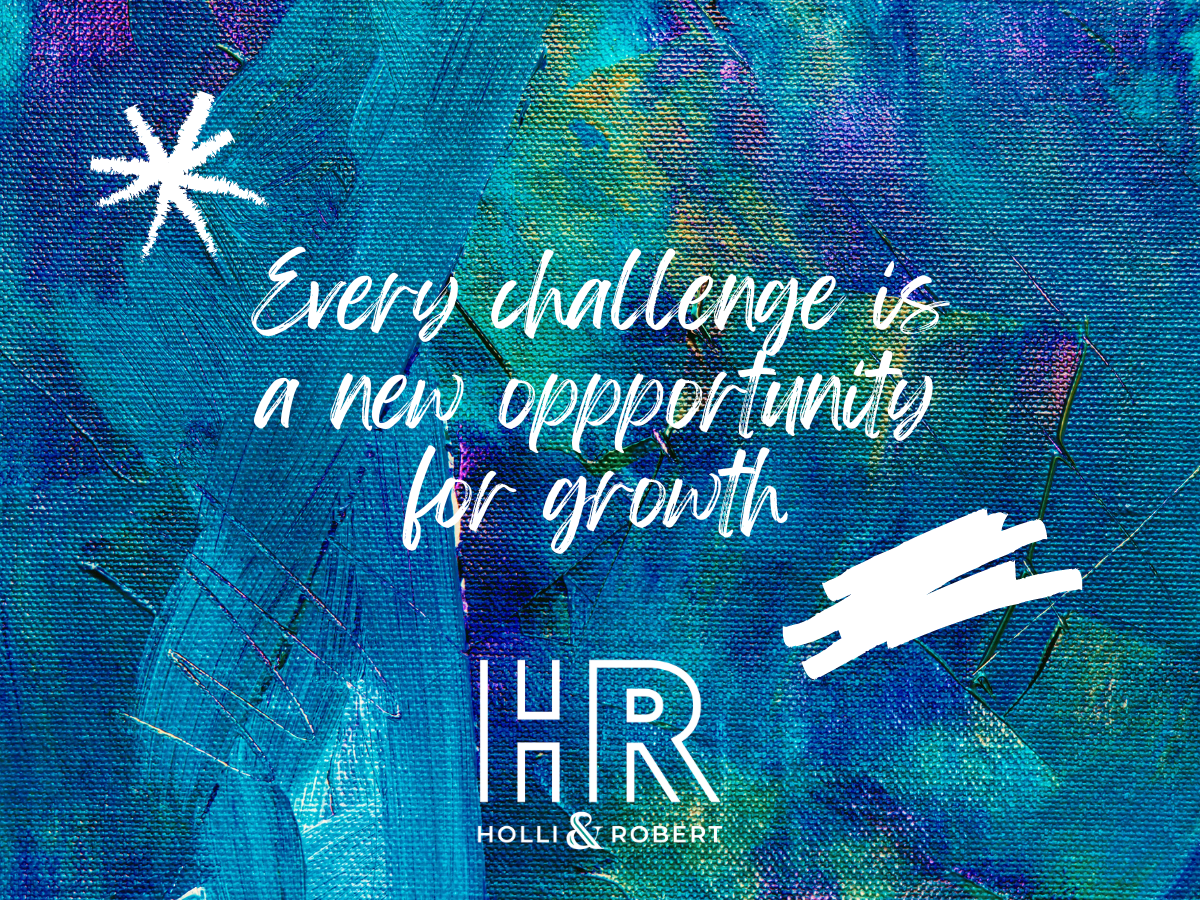Life, like a compelling story, is full of turning points. It’s these pivotal moments that often jump-start necessary growth and catalyze significant change — even when they catch us off guard. In both the personal and professional spheres, the ability to pivot is crucial in navigating these twists and turns. Making a pivot, however, isn’t easy and can be frightening. It usually comes with uncertainty and risk and often requires venturing into unknown territory. Yet, it’s these calculated risks that have the potential to pay off massively. It’s important to remember that the ability to pivot isn’t a sign of desperation but a testament to foresight, agility, and adaptability.
Pivoting in life represents a crucial concept of adapting, changing course, and seizing new opportunities when faced with transitions or uncertainties. The ability to pivot is essential as it allows for personal and professional growth, enabling individuals to navigate life’s unpredictable nature with resilience and innovation. By acknowledging the power of reinvention and embracing new challenges, individuals can harness the potential for growth, creativity, and fulfillment in every facet of life, ultimately leading to a holistic and enriched existence.
Understanding the Concept of Pivoting
What Pivoting Means
Pivoting is more than just a buzzword; it’s a vital strategy for survival and growth in a rapidly evolving business landscape. At its core, a pivot means fundamentally altering the direction of a business or project in response to feedback, market demands, or internal discoveries. For entrepreneurs, this could mean shifting a product line, rebranding, or changing a business model. Think of it as a course correction in a journey, where the destination remains the same but the path to get there changes. The aim is to find a more efficient, profitable, or relevant way to meet objectives. Pivoting isn’t about starting from scratch but building on what you’ve already learned. It involves shifting direction for success and fulfillment, identifying new opportunities and pursuing them courageously, and considering obstacles as stepping stones for growth. Embracing a pivot requires flexibility, insight, and the courage to acknowledge when change is necessary.
Why Pivoting is Crucial in Today’s World
In our fast-paced, technology-driven world, the only constant is change. For entrepreneurs and businesses, the ability to pivot has become crucial due to market volatility, changing consumer behaviors, and technological advancements. Those who can quickly adapt their strategy or offerings to meet new challenges often carve out a competitive edge and continue to thrive. Pivoting allows businesses to stay relevant and capitalize on emerging opportunities. It also fosters innovation as teams are encouraged to think creatively and be proactive in the face of potential disruptions. Moreover, a successful pivot can open up new markets, attract different customer segments, and even rescue a business from declining sales or irrelevance. Ultimately, the ability to pivot reflects a company’s resilience and commitment to growth, which are key to long-term success.
Growth Trifecta: Action, Adaptability, & Appreciation
Reinvention is an Invigorating Opportunity
Pivoting is not just about survival; it’s a chance for reinvention. Reinvention demands proactive steps towards change and adaptation to new situations. It’s a continuous journey of self-assessment and realignment with personal goals, pertinent for creatives and entrepreneurs in a competitive landscape. Pivots can be invigorating, opening up a world of possibilities and new challenges. Reinventing a product, service, or your entire brand allows you to reconnect with your mission and values, ensuring they align with your current market and personal aspirations. This process can reveal untapped markets or inspire innovative solutions that differentiate your offering. Reinvention through a pivot can also reignite passion and motivation within your team, as it often involves a fresh approach that can break the monotony of routine. Ultimately, a purposeful pivot is about embracing the future with a renewed sense of direction and potential, viewing change not as a threat, but as an opportunity for growth and revitalization.
Contentment in Growth Stages
Contentment, an essential component of the growth trifecta, provides a grounding force amidst change. It involves acknowledging achievements, learning from setbacks, and maintaining a positive outlook. Contentment promotes balance, reduces burnout, and ensures that pivoting leads to a genuinely enriched life.
The Purpose Behind Your Pivot
Unleashing Potential through a Purposeful Pivot
A purposeful pivot is a strategic move that can unlock potential for businesses and individuals alike. It’s about finding new ways to leverage your skills, assets, and passions to create value differently or more effectively. When faced with obstacles or stagnation, a pivot reorients your trajectory toward a path that’s more aligned with current realities and prospects. It’s an acknowledgment that what worked before may not work now, and it’s an open-minded approach to seeking out those unexplored avenues that hold promise. For entrepreneurs, this can mean diversifying offerings or tapping into new technologies to solve problems in innovative ways. For individuals, it’s often about personal growth—pivoting into new roles, careers, or even lifestyles that better reflect one’s evolving goals and interests. Purposeful pivoting is a proactive approach to shaping your journey and unleashing the full spectrum of your potential.
Pivoting Strategies for Entrepreneurs
Adaptation & Reinvention in the Creative Realm
For creatives, pivoting is often synonymous with adaptation and reinvention. It’s a way to stay relevant and inspired, even as trends and audience tastes shift. When a certain style, genre, or medium isn’t resonating as it used to, creatives have the opportunity to explore new avenues of expression. This might mean using new technologies to create art, writing in a different genre, or even combining disciplines to create something truly unique.
Pivoting can also mean finding new applications for your creative skills. For example, a graphic designer might pivot from creating advertisements to designing user interfaces for apps. It’s important to remain open to learning and experimenting in this process. While this can be daunting, it can also lead to unexpected and rewarding opportunities. In the creative realm, pivoting is not just about staying afloat—it’s about thriving in an ever-changing landscape of possibilities.
Balancing Passion and Pragmatism in a Creative Pivot
Creatives often wrestle with the tension between passion and pragmatism, especially when considering a pivot. It’s vital to balance personal artistic interests with what the market demands. A successful pivot requires understanding not only where your passions lie but also where they intersect with opportunities for commercial success.
For instance, an artist passionate about painting might find a pragmatic pivot in offering digital art classes online, thus reaching a broader audience while monetizing their expertise. Similarly, a musician might pivot from live performances to composing soundtracks for video games or apps. It’s about finding that sweet spot where your creative drive can be applied in new, profitable ways without compromising your artistic integrity. By balancing passion with a practical approach to change, creatives can ensure their pivot leads to both personal fulfillment and professional sustainability.
Overcoming the Fear of the Pivot
Leaving Comfort Zones: A Necessity for Growth
Leaving the comfort zone is not just a recommendation; it’s a necessity for growth. The familiar is comfortable, but it rarely leads to the innovation and expansion that pivoting can provide. Overcoming the fear of the pivot involves recognizing that the risk of stagnation is greater than the risk of change. It’s about understanding that past successes don’t guarantee future results, and that adaptability is key to ongoing success.
For entrepreneurs and creatives, stepping out of their comfort zone might mean exploring new markets, adopting new technologies, or even redefining their brand. It’s a process that requires courage and a willingness to face the unknown. Growth is inherently uncomfortable, but it’s also where the most significant opportunities lie. By accepting this and taking calculated risks, individuals and businesses can transform fear into a driving force behind their pivot and future achievements.
Embracing Change: Boosting Confidence in the Face of Uncertainty
Embracing change is essential for boosting confidence and navigating uncertainty during a pivot. Confidence grows when you acknowledge that change is a natural part of growth and learning. To embrace change, start by setting realistic expectations—recognize that not every pivot will yield immediate results, and that’s okay. It’s all part of the learning curve.
Building a support network can also fortify confidence. Surround yourself with mentors, peers, and professionals who have successfully navigated their pivots. Their insights and encouragement can be invaluable as you face uncertainty. Additionally, staying informed and proactive helps in making informed decisions. Keep abreast of industry trends and customer feedback to guide your pivot. When you approach change with a prepared and open mindset, you transform uncertainty into opportunity, paving the way for future success and personal growth.
Final Thoughts
Whether it be in business or life, a pivot is a powerful tool that can propel us toward growth and transformation, even in the face of adversity. It is the engine of reinvention that fuels growth, fosters creativity, and ultimately leads to success. But most importantly, it is a wake-up call, a reminder that we are not stagnant beings — we can, and should, keep evolving, growing, and learning. The next time you’re faced with a challenge, don’t be afraid to pivot. It might just be the turning point you need.



